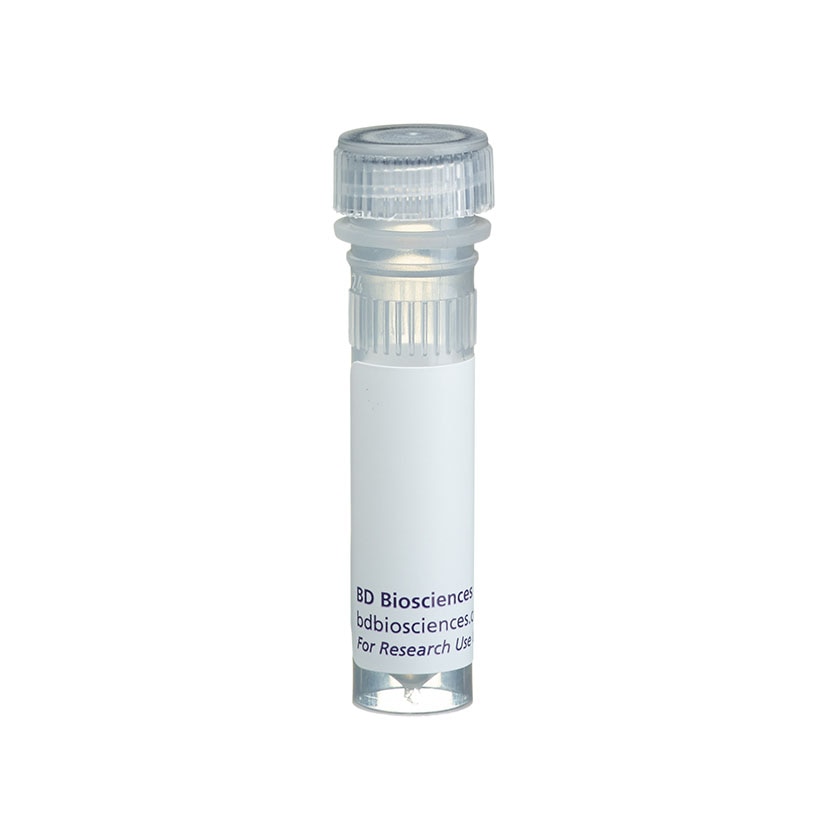-
Reagents
- Flow Cytometry Reagents
-
Western Blotting and Molecular Reagents
- Immunoassay Reagents
-
Single-Cell Multiomics Reagents
- BD® OMICS-Guard Sample Preservation Buffer
- BD® AbSeq Assay
- BD® Single-Cell Multiplexing Kit
- BD Rhapsody™ ATAC-Seq Assays
- BD Rhapsody™ Whole Transcriptome Analysis (WTA) Amplification Kit
- BD Rhapsody™ TCR/BCR Next Multiomic Assays
- BD Rhapsody™ Targeted mRNA Kits
- BD Rhapsody™ Accessory Kits
- BD® OMICS-One Protein Panels
-
Functional Assays
-
Microscopy and Imaging Reagents
-
Cell Preparation and Separation Reagents
-
- BD® OMICS-Guard Sample Preservation Buffer
- BD® AbSeq Assay
- BD® Single-Cell Multiplexing Kit
- BD Rhapsody™ ATAC-Seq Assays
- BD Rhapsody™ Whole Transcriptome Analysis (WTA) Amplification Kit
- BD Rhapsody™ TCR/BCR Next Multiomic Assays
- BD Rhapsody™ Targeted mRNA Kits
- BD Rhapsody™ Accessory Kits
- BD® OMICS-One Protein Panels
- New Zealand (English)
-
Change country/language
Old Browser
Looks like you're visiting us from United States.
Would you like to stay on the current country site or be switched to your country?
BD™ CD57 Biotin
Clone HNK-1 (also known as HNK1) (ASR)




Regulatory Status Legend
Any use of products other than the permitted use without the express written authorization of Becton, Dickinson and Company is strictly prohibited.
Preparation And Storage
Store vials at 2°C–8°C. Conjugated forms should not be frozen. Protect from exposure to light. Each reagent is stable until the expiration date shown on the bottle label when stored as directed.
The CD57 antibody, clone HNK-1, is derived from the hybridization of P3-X63-Ag8.653 mouse myeloma cells with lymph node cells isolated from BALB/c mice immunized with membrane extracts of the HSB-2 T–lymphoblastoid cell line.
The CD57 (Leu-7) antibody recognizes a 110-kilodalton (kDa) glycoprotein that is expressed on a subset of natural killer (NK) lymphocytes and T lymphocytes. The antigen is a carbohydrate structure associated with myelin-associated glycoprotein.
Development References (10)
-
Abo T, Balch CM. A differentiation antigen of human NK and K cells identified by a monoclonal antibody (HNK-1). J Immunol. 1981; 127(3):1024-1029. (Biology). View Reference
-
Bunn PA, Gazdar AF, Carney DN, Minna J. Small cell lung carcinoma and natural killer cells share an antigenic determinant, Leu-7. Clin Res. 1984; 32:416A. (Biology).
-
Centers for Disease Control. Perspectives in disease prevention and health promotion update: universal precautions for prevention of transmission of human immunodeficiency virus, hepatitis B virus, and other bloodborne pathogens in health-care settings. MMWR. 1988; 37:377-388. (Biology).
-
Clinical and Laboratory Standards Institute. 2005. (Biology).
-
Kruse J, Mailhammer R, Wernecke H, et al. Neural cell adhesion molecules and myelin-associated glycoprotein share a common carbohydrate moiety recognized by monoclonal antibodies L2 and HNK-1.. Nature. 1984 September; 311(5982):153-155. (Biology). View Reference
-
Lanier LL, Le AM, Phillips JH, Warner NL, Babcock GF. Subpopulations of human natural killer cells defined by expression of the Leu-7 (HNK-1) and Leu-11 (NK-15) antigens. J Immunol. 1983; 131(4):1789-1796. (Biology). View Reference
-
Manara GC, De Panfilis G, Ferrari C.. Ultrastructural characterization of human large granular lymphocyte subsets defined by the expression of HNK-1 (Leu-7), Leu-11, or both HNK-1 and Leu-11 antigens.. J Histochem Cytochem. 1985 November; 33(11):1129-1133. (Biology). View Reference
-
McGarry RC, Helfand SL, Quarles RH, Roder JC. Recognition of myelin-associated glycoprotein by the monoclonal antibody HNK-1. Nature. 1983; 306(5941):376-378. (Biology). View Reference
-
Mechtersheimer G, Staudter M, Möller P.. Expression of the natural killer cell-associated antigens CD56 and CD57 in human neural and striated muscle cells and in their tumors.. Cancer Res. 1991 February; 51(4):1300-1307. (Biology). View Reference
-
Schubert J, Lanier LL, Schmidt RE. Knapp W, Dörken B, Gilks WR, et al, ed. Leucocyte Typing IV: White Cell Differentiation Antigens. New York, NY: Oxford University Press; 1989:711-714.
Please refer to Support Documents for Quality Certificates
Global - Refer to manufacturer's instructions for use and related User Manuals and Technical data sheets before using this products as described
Comparisons, where applicable, are made against older BD Technology, manual methods or are general performance claims. Comparisons are not made against non-BD technologies, unless otherwise noted.
Analyte Specific Reagent. Analytical and performance characteristics are not established.
Analyte Specific Reagent. Analytical and performance characteristics are not established.
Documents are subject to revision without notice. Please verify you have the correct revision of the document, and always refer back to BD's eIFU website for the latest and most up to date information.